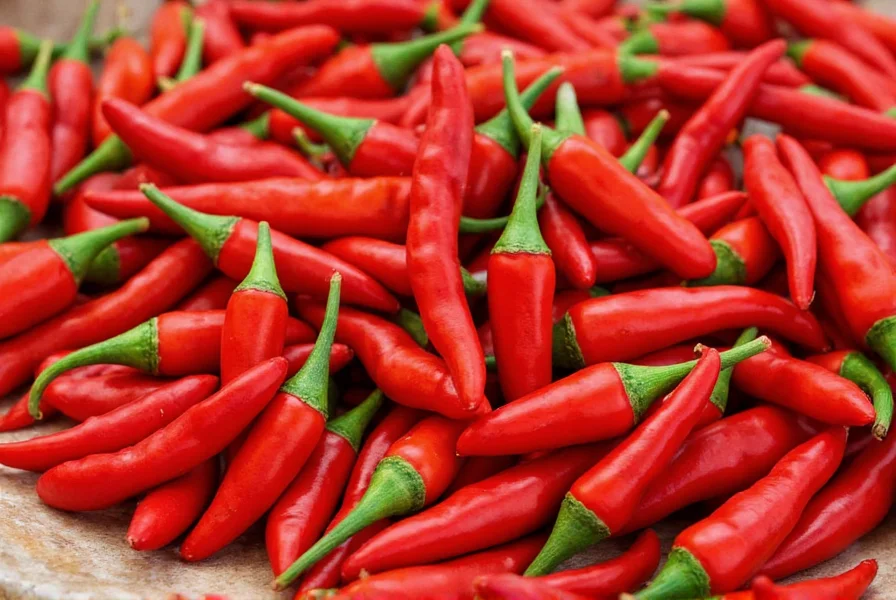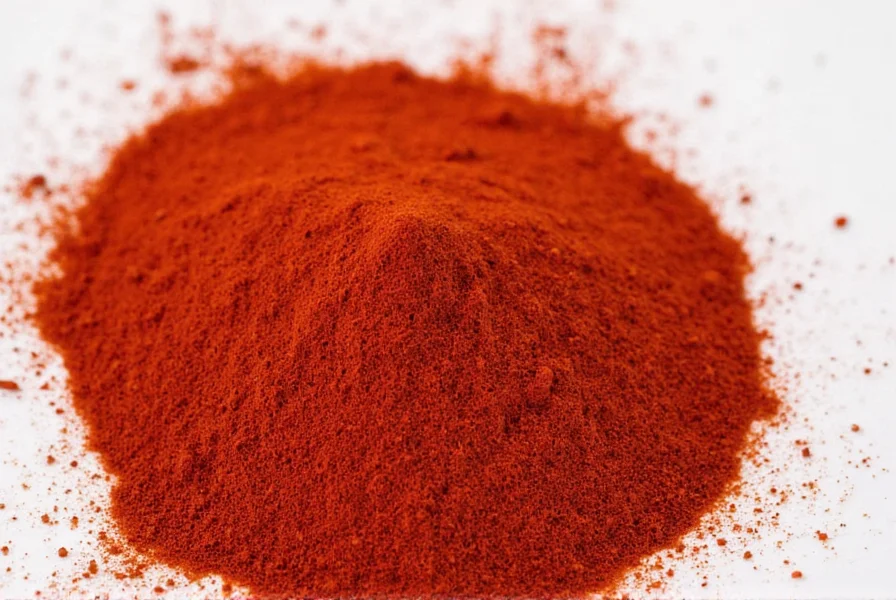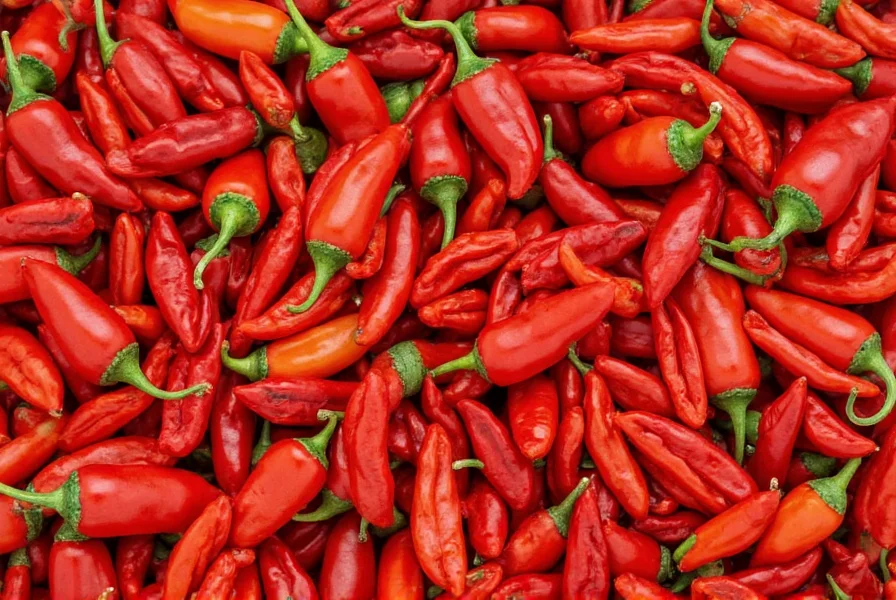While many associate paprika primarily with Hungarian cuisine, its story begins much earlier in the Americas. Archaeological evidence shows that chili peppers, the source of paprika, were domesticated in Mesoamerica as far back as 6,000 years ago. These vibrant red peppers became integral to indigenous diets and cultural practices long before European contact.
| Region | Historical Significance | Modern Production |
|---|---|---|
| Central America | Original domestication site of chili peppers | Limited commercial production |
| Hungary | Developed distinctive paprika production methods in 16th-19th centuries | World's most famous paprika producer (Szeged, Kalocsa) |
| Spain | Introduced peppers to Europe; developed smoked variety | Major producer of smoked paprika (Pimentón) |
| California, USA | Modern commercial production began in 20th century | Significant global supplier |
The Journey of Paprika: From Ancient Americas to European Kitchens
When Christopher Columbus arrived in the Caribbean in 1492, he encountered indigenous peoples using chili peppers extensively in their cooking and medicine. Mistakenly believing he had reached India, Columbus called these peppers "peppers" due to their pungency resembling black pepper, which was highly valued in Europe. These New World peppers quickly spread across Europe through Spanish and Portuguese trade routes.
Hungary's connection to paprika began in the early 16th century when Turkish invaders introduced chili peppers during their occupation. Initially used as ornamental plants, Hungarians gradually incorporated these peppers into their cuisine. By the 19th century, Hungarian farmers had developed specialized cultivation techniques and processing methods that transformed paprika into the country's signature spice. The town of Szeged became particularly renowned for its high-quality paprika production.

Understanding Different Paprika Varieties and Their Origins
Not all paprika is created equal. The flavor, color, and heat level vary significantly based on where and how it's produced:
- Hungarian Paprika - Ranges from sweet to hot, with distinctive earthy flavor. Protected designation of origin (PDO) applies to paprika from Szeged and Kalocsa.
- Spanish Pimentón - Famous for its smoked varieties (Pimentón de la Vera), produced by smoking peppers over oak wood.
- Sweet Paprika - Mild variety commonly used in Central European cooking for color without significant heat.
- Hot Paprika - Contains more of the spicy capsaicin compound, popular in some regional Hungarian dishes.
The specific terroir, climate, and traditional processing methods in each region create distinctive paprika profiles. Hungarian paprika production involves carefully selecting peppers, removing stems and seeds, then grinding the dried peppers into fine powder. The best Hungarian paprika undergoes a unique slow-drying process that preserves flavor compounds while developing complex notes.
How Paprika Production Has Evolved Over Centuries
Traditional paprika production remains remarkably similar to historical methods. In Hungary's Great Plain region, farmers still grow specific pepper varieties like Kurri, Komáróci, and Fehérő that have been cultivated for generations. After harvesting, peppers are strung on threads and hung to dry in well-ventilated barns—a technique that allows slow, even drying that preserves flavor.
Modern production has introduced some technological advances while maintaining traditional quality standards. Many premium paprika producers still use stone mills for grinding, as high-speed commercial mills can generate heat that damages delicate flavor compounds. The European Union grants Protected Designation of Origin status to authentic Hungarian paprika from specific regions, ensuring traditional production methods are preserved.

Why Hungary Became Synonymous with Paprika
Several factors contributed to Hungary's dominance in paprika production. The country's climate—particularly the Great Plain region—provides ideal growing conditions with hot summers and well-drained soils. Hungarian culinary traditions embraced paprika as a fundamental ingredient rather than just a seasoning, incorporating it into national dishes like goulash, fisherman's soup, and chicken paprikash.
By the late 19th century, Hungarian paprika had gained international recognition. The 1873 Vienna World's Fair featured Hungarian paprika prominently, establishing its reputation for quality. Hungarian immigrants later spread paprika's popularity to North America, where it became a staple in many kitchens. Today, while paprika is produced worldwide, authentic Hungarian paprika remains the gold standard for quality and flavor complexity.
Common Questions About Paprika's Origins
What country invented paprika?
Paprika wasn't "invented" by a single country but evolved through cultural exchange. Indigenous peoples in Central America first cultivated chili peppers. Spanish explorers brought these peppers to Europe in the 16th century, and Hungarians later developed the distinctive drying and grinding techniques that created what we now recognize as paprika.
Is paprika originally from Hungary?
No, paprika is not originally from Hungary. The chili peppers used to make paprika originated in Central America. Hungarian cultivation and processing methods developed after Turkish invaders introduced the peppers to Hungary in the 16th century. Hungary perfected paprika production over centuries, making it central to their cuisine.
How did paprika get from America to Hungary?
After Columbus brought chili peppers to Spain in 1493, they spread throughout Europe via trade routes. Turkish invaders introduced these peppers to Hungary during their occupation in the early 16th century. Initially grown as ornamental plants, Hungarians gradually incorporated them into their cuisine, eventually developing specialized cultivation and processing techniques that created distinctive Hungarian paprika.
What makes Hungarian paprika different from other varieties?
Hungarian paprika differs due to specific pepper varieties grown in Hungary's unique climate, traditional slow-drying methods, and stone-grinding techniques. The country's Great Plain region provides ideal growing conditions. Hungarian paprika typically has a more complex flavor profile with earthy notes compared to Spanish smoked paprika or milder American varieties. Authentic Hungarian paprika from regions like Szeged and Kalocsa has Protected Designation of Origin status.
When did paprika become popular in European cuisine?
Paprika gradually entered European cuisine after Spanish explorers brought chili peppers from the Americas in the late 15th century. It became particularly popular in Hungary by the 19th century, where it transformed from an ornamental plant to a culinary staple. Hungarian paprika gained international recognition after being featured at the 1873 Vienna World's Fair, leading to its widespread adoption in European and eventually global cuisine.











 浙公网安备
33010002000092号
浙公网安备
33010002000092号 浙B2-20120091-4
浙B2-20120091-4